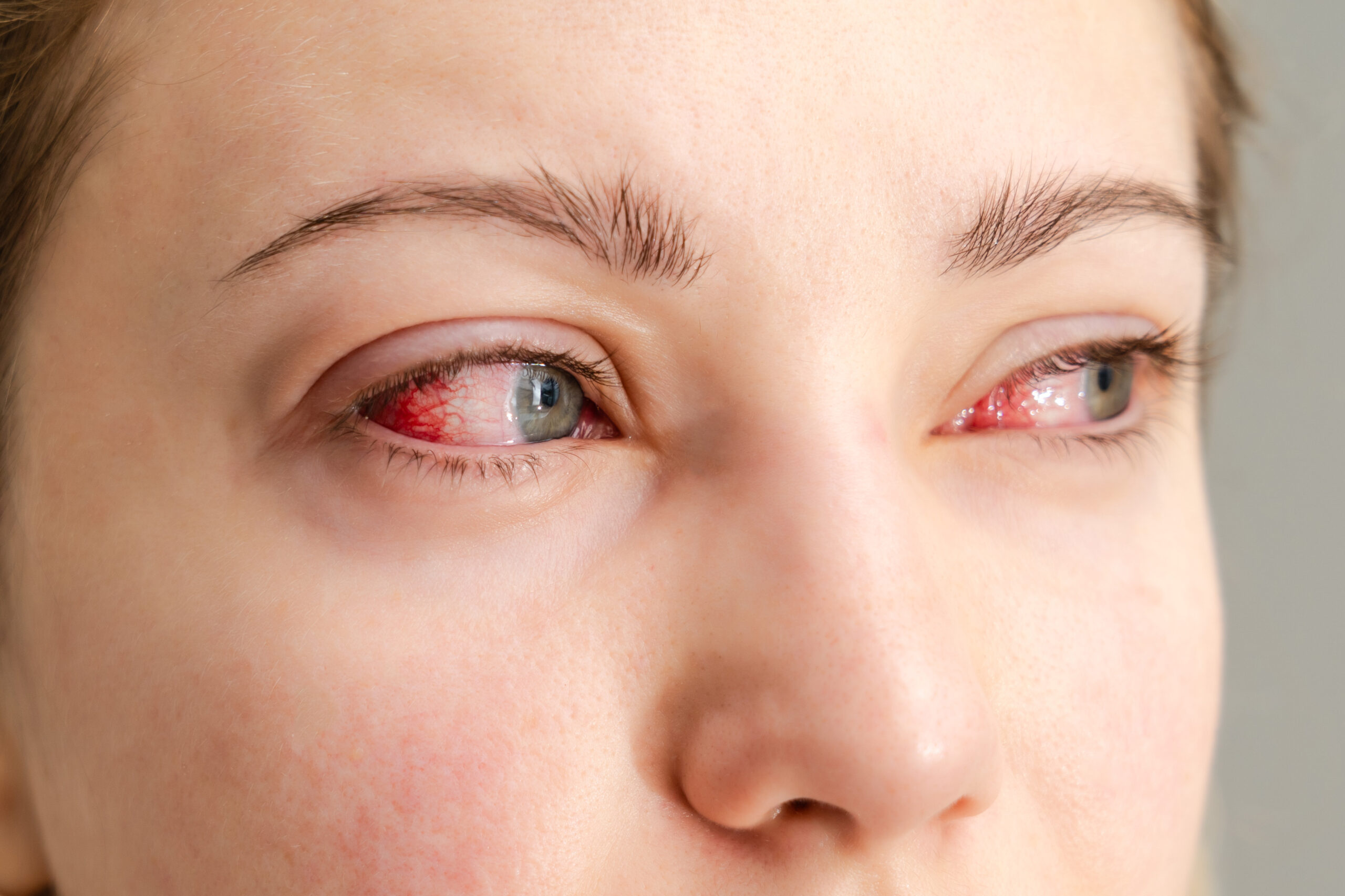Conjunctivitis, often called pink eye, is an eye issue everyone gets. It affects both young kids and older adults alike. The red or pink color in the eyes can be striking and make people uneasy about how they look. The swelling of the conjunctiva—the clear skin lining the inner eyelid—shows up with itching or watery eyes. Though not usually serious, it can disrupt normal life, particularly when attending work or school.
This article serves as a helpful guide about conjunctivitis for everyone. We will wrestle with both myths and truths, ensuring the right information is heard. Learn about what causes pink eye and how you can prevent catching it. Our aim is to give the facts, clear up confusion, and arm you with effective tips. Hopefully, this empowers more folks to handle conjunctivitis without worry or widespread disruption.
Understanding The Basics of Conjunctivitis
Conjunctivitis is when the protective layer over your eye gets inflamed. This layer, known as the conjunctiva, helps in keeping harmful stuff out of your eyes most of the time. When it becomes red and swollen, you notice and many people call it a pink eye.
Redness and swelling are clear signs of this eye issue, often getting the name conjunctivitis eye. Other visible symptoms include swelling, watery eyes, and itchiness sometimes felt by those affected. These symptoms can come from irritation or because of the nearby tissue being upset.
There are different types of conjunctivitis, and each one differs based on what causes it:
- Viral conjunctivitis is often with a cold; it spreads easily among kids.
- Bacterial conjunctivitis can lead to thick discharge and needs fast care.
- Allergic conjunctivitis happens due to pollen or pets; it’s seasonal too.
- Irritant-induced conjunctivitis starts if harmful stuff contacts your eyes.
Identifying Causes and Misconceptions
Viral conjunctivitis spreads quickly through sneezes or coughs. Bacterial conjunctivitis, caused by bacteria, leads to sticky eyelids. Allergic conjunctivitis happens with pollen or dust exposure. Each type needs different care.
It’s wrong to think all conjunctivitis cases spread easily. Viral and some bacterial types are only contagious. Allergic conjunctivitis can’t pass from one person to another. Antibiotics help with bacterial types but not viral ones, which need different approaches.
Simple acts like sharing towels can lead to infection. Also, rubbing your eyes after using a phone can cause trouble. Allergic cases might occur when you’re around flowers or cats. Recognizing these situations helps in preventing conjunctivitis.
Symptom Recognition: Key to Early Detection
Recognizing symptoms early is key for managing conjunctivitis effectively. Common indicators include redness, eye discharge, itchiness, and irritation. These signs help distinguish between simple conjunctivitis and more complex eye issues.
- Viral conjunctivitis: Often occurs with a cold, leading to watery eyes.
- Bacterial conjunctivitis: Causes sticky, yellow-green discharge that seals eyes shut.
- Allergic conjunctivitis: Produces itchy, red eyes often during allergy seasons.
- Irritant-induced conjunctivitis: Triggers burning eyes from smoke or swimming pool chemicals.
Alleviating Symptoms Safely: Home Care and Medications
Dealing with conjunctivitis, commonly called pink eye, often doesn’t have to be tough. A clean, cool compress on your conjunctivitis eye can help with irritation. Make sure you have a fresh cloth every time to prevent spreading germs. Over-the-counter artificial tears are another helpful remedy, keeping your eyes feeling refreshed by flushing out allergens that cause allergic conjunctivitis.
If your symptoms don’t go away or seem serious, seeing a doctor is the best move. Depending on the cause, they may recommend medications like antibiotic drops, especially if it’s bacterial. It’s necessary to use them all as directed even if you feel better before you’re done. For allergies causing allergic conjunctivitis, try antihistamine drops that can ease itchiness and redness.
Some treatments aren’t advisable for conjunctivitis use. Eye drops promising to take away redness aren’t the right choice for this issue. They might make things worse, not better. It’s also important not to share personal items like towels or makeup to stop the infection from spreading. Leave your contact lenses until your eyes recover fully during conjunctivitis treatment.
Potential Complications: Understanding the Risks
Ignoring conjunctivitis can cause bigger issues like corneal ulcers or vision loss. Bacterial conjunctivitis, if not treated in time, might become serious for your eyes.
Stay alert for signs needing quick action from a doctor. Look for ongoing eye pain, trouble with bright light, or losing sight somehow. Seeing a doctor quickly can stop these serious problems from happening.
Conclusion: Knowledge is Key to Prevention and Management
Recognizing conjunctivitis early helps in managing it effectively. Whether it’s caused by allergies or bacteria, understanding how to ease symptoms with home solutions is helpful.
When you know what to do, handling conjunctivitis becomes straightforward. Identifying signs promptly and taking preventive action can safeguard your eyes and minimize potential issues.


